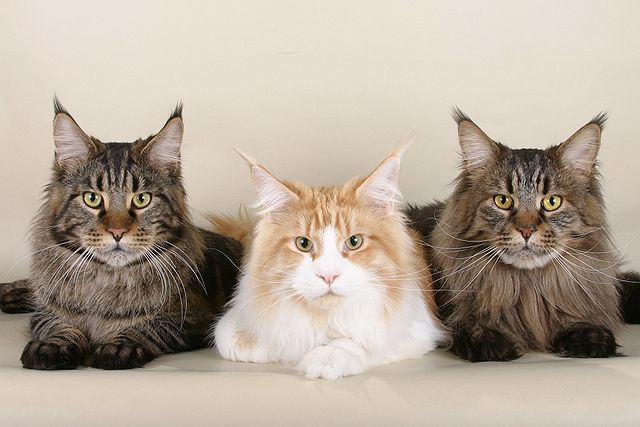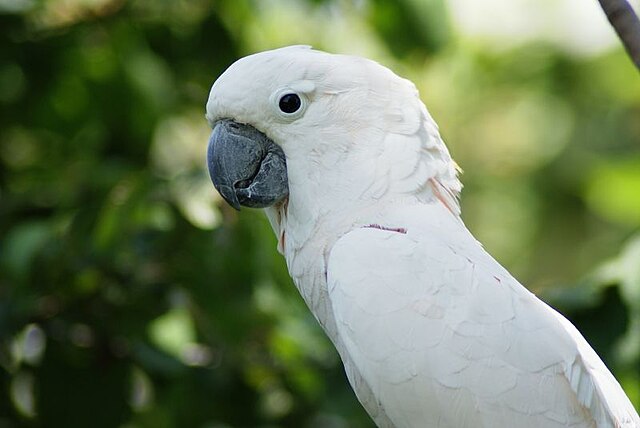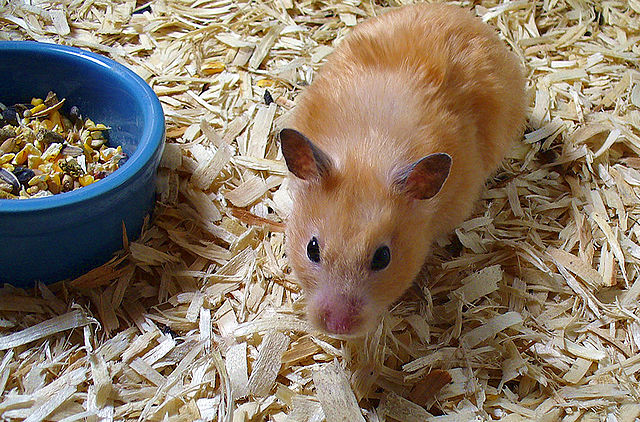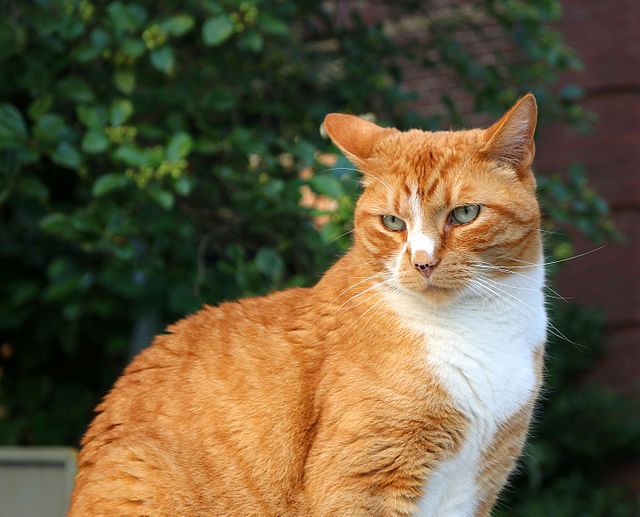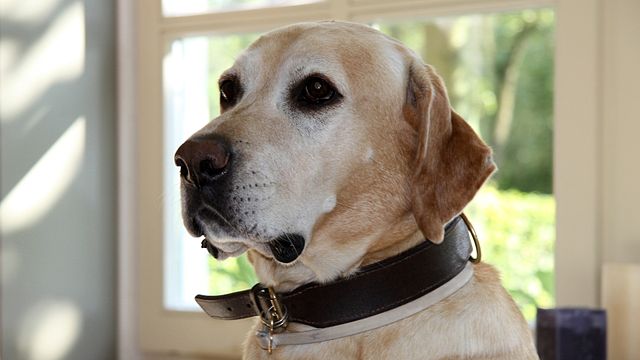Owning a pet bird is a delightful experience, but it comes with great responsibility. One of the most critical aspects of bird care is providing them with a suitable living space. A large bird cage is not just a home; it’s a sanctuary where your feathered friend will spend a significant portion of their life. In this comprehensive guide, we’ll explore the world of large bird cages, from selecting the right type to ensuring your bird’s happiness and well-being.
Types of Large Bird Cages
When it comes to bird cages, variety is the spice of life. Let’s take a closer look at the different types:
Flight Cages
Flight cages are like a bird’s personal playground. These spacious rectangular enclosures are designed for active birds that enjoy stretching their wings and flying short distances within their cage. They provide ample room for birds like finches, canaries, and budgerigars to stay active. Flight cages offer ample space for birds to exercise, but they may take up more room in your home.
Aviaries
Aviaries are the closest thing to a natural habitat your pet bird can experience. These outdoor enclosures allow birds to soak in the sunshine and fresh air while being protected from predators. Aviaries are suitable for larger birds like macaws and cockatoos. These cages provide a natural environment but require outdoor space and protection from the elements.
Indoor Cages
For birds that spend most of their time indoors, such as cockatiels, lovebirds, or conures, indoor cages are the way to go. They often come in various decorative styles, making them a beautiful addition to your home. Indoor cages are convenient but may limit your bird’s physical activity.
Consider your bird’s needs and your living situation when choosing the right type.
Selecting the Right Size and Material
Now, let’s dive deeper into the essential aspects of selecting the right size and material for your large bird cage. These factors play a pivotal role in ensuring the comfort and well-being of your feathered companion.
Size Matters
When it comes to bird cages, size truly does matter. The size of the cage directly impacts your bird’s happiness and health. To choose the appropriate cage size, consider the following:
- Species-Specific Needs: Different bird species have unique requirements. For instance, smaller birds like canaries or finches will thrive in a cage that provides enough space for them to hop and flutter their wings. On the other hand, larger parrots such as macaws or cockatoos need significantly larger cages to accommodate their larger size and active nature.
- Freedom to Stretch Wings: A fundamental principle is that the cage should allow your bird to fully extend its wings without touching the sides. Birds need room to exercise and flap their wings, even when they can also fly outside the cage.
- Horizontal Space: Consider the horizontal dimensions of the cage. Birds often prefer to move horizontally rather than vertically, so a wider cage is often more beneficial than a tall one.
- Room for Accessories: Keep in mind that you’ll be adding perches, toys, and food and water dishes to the cage. Ensure there’s enough room for these essential accessories without crowding the space.
Material Matters
The material of the cage not only affects its durability but also plays a role in your bird’s safety and comfort. Here are the most common materials used in bird cages:
- Stainless Steel: Stainless steel cages are renowned for their durability and resistance to rust. They are easy to clean and maintain, making them a top choice for many bird owners. Stainless steel cages are ideal for larger birds due to their strength.
- Powder-Coated Steel: Powder-coated steel cages come in a variety of colors and designs, making them aesthetically appealing. However, the quality of the powder coating can vary, so be sure to choose a cage with a non-toxic coating that won’t chip or peel.
- Wrought Iron: Wrought iron cages offer a classic and elegant look. They are sturdy and durable, but they require more maintenance as they can be prone to rust. Regular cleaning and periodic repainting can help maintain their appearance.
- Aluminum: Aluminum cages are lightweight and rust-resistant, but they are not as sturdy as stainless steel or wrought iron. They are suitable for smaller birds and indoor use.
In conclusion, selecting the right size and material for your large bird cage is a crucial step in providing a comfortable and secure home for your feathered friend. Consider your bird’s species and size, as well as the cage’s durability and maintenance requirements. With the right cage, your bird will have a safe and enjoyable habitat where they can thrive and spread their wings to their heart’s content.
Cage Features and Accessories
Now, let’s explore the must-have features and accessories for your bird’s cage:
Perches
Perches are essential for your bird’s well-being. They provide a place to rest, exercise, and keep an eye on their surroundings. Opt for natural wood perches to prevent foot problems and offer variety in size and texture.
Feeding Stations and Water Dispensers
Ensure your bird has easy access to food and water. Consider using stainless steel or ceramic bowls that are easy to clean. Place them in a location where your bird can access them without difficulty.
Toys and Enrichment
Birds are intelligent creatures that need mental stimulation. Toys, puzzles, and activities keep them engaged and prevent boredom. Rotate toys regularly to maintain their interest.

Placement and Maintenance
Proper placement and maintenance of your large bird cage are essential factors that contribute to your bird’s overall well-being and happiness. Let’s delve into these aspects to ensure your feathered companion thrives in its habitat.
Ideal Placement
Choosing the right location for your bird’s cage can significantly impact its happiness and health. Here are some key considerations:
- Avoid Drafts: Birds are sensitive to temperature changes. Ensure that the cage is placed away from drafts, such as open windows or air conditioning vents. Sudden temperature fluctuations can stress your bird and compromise its health.
- Avoid Direct Sunlight: While birds enjoy natural light, direct sunlight can cause overheating and discomfort. Place the cage in an area where your bird can enjoy gentle, filtered sunlight but can easily retreat to a shaded spot if needed.
- Stay Away from the Kitchen: The kitchen is a hub of activity and potential hazards, including fumes from cooking. Keep the cage away from the kitchen to protect your bird from harmful fumes and sudden movements.
- Provide Social Interaction: Birds are social creatures and thrive on interaction with their human flock. Place the cage in a room where your family spends time, allowing your bird to be part of the daily household activities. This not only keeps your bird engaged but also strengthens the bond between you and your feathered friend.
Maintenance Tips
Maintaining a clean and safe cage is crucial for your bird’s health and happiness. Here are some maintenance tips to follow:
- Daily Cleanup: Establish a daily routine to remove food debris, droppings, and any soiled bedding or newspaper from the cage tray. This prevents the buildup of bacteria and maintains a hygienic environment.
- Weekly Cleaning: Once a week, perform a more thorough cleaning of the entire cage. Remove all accessories, including perches, toys, and dishes. Wash them with bird-safe disinfectant, rinse thoroughly, and let them air dry. Wipe down the cage bars, floor, and any removable trays or grates.
- Inspect the Cage: Regularly inspect the cage for any loose or damaged parts, including perches, toys, and cage bars. Replace or repair any compromised items promptly to prevent accidents or injury to your bird.
- Check for Rust and Chipping Paint: Pay special attention to the cage’s material, especially if it’s made of wrought iron or powder-coated steel. Rust can pose health risks to your bird, so promptly address any signs of rust or chipping paint. Remove rust with a wire brush and repaint using non-toxic, bird-safe paint.
Fresh Air and Circulation
In addition to cage placement, ensure that your bird receives fresh air and ventilation. Open windows periodically to allow for fresh air circulation, but make sure the windows are secure to prevent escapes. Fresh air helps maintain a healthy environment and prevents the buildup of odors.
Proper placement and maintenance of your large bird cage are essential for your bird’s physical and mental well-being. By choosing a suitable location and adhering to a regular cleaning and inspection routine, you’ll provide a safe and comfortable habitat for your feathered companion.
Health and Safety Concerns
The health and safety of your pet bird are of paramount importance, and the design and maintenance of the cage play a crucial role in ensuring their well-being. Let’s explore some key health and safety considerations that every bird owner should be aware of.
Health Considerations
- Air Quality: Birds have highly sensitive respiratory systems, and the air they breathe should be clean and free from toxins. Ensure that the room where you place the cage is well-ventilated and free from smoke, strong odors, and fumes from cleaning products. Avoid using non-stick cookware in the vicinity of your bird, as overheated Teflon coatings can release toxic fumes that are harmful to birds.
- Dietary Needs: Proper nutrition is essential for your bird’s health. Consult with an avian veterinarian or a qualified bird expert to determine the best diet for your specific bird species. Provide a balanced diet that includes a variety of fresh fruits, vegetables, high-quality pellets, and seeds suitable for your bird’s species.
- Hydration: Ensure your bird has access to clean and fresh water at all times. Clean and refill the water dish daily to prevent contamination. Some birds enjoy bathing, so consider providing a shallow dish for them to splash around in for both hygiene and enjoyment.
- Regular Check-Ups: Schedule regular check-ups with an avian veterinarian to monitor your bird’s health. Birds often mask signs of illness, so routine examinations are crucial for early detection and treatment of potential health issues.
Safety First
- Cage Bar Spacing: The spacing between the bars of the cage is crucial to prevent escapes and injuries. Ensure that the bars are appropriately spaced for your bird’s size and species. Larger birds may require cages with thicker and stronger bars to prevent bending or breakage.
- Secure Latches Check that the cage doors have secure latches to prevent your bird from accidentally escaping. Birds are naturally curious and may attempt to open the cage doors if not properly secured.
- Non-Toxic Materials: The materials used in the cage, including paint, should be non-toxic. Birds often explore their surroundings with their beaks, and any ingestion of toxic materials can have severe consequences. Choose cages made with bird-safe materials and finishes.
- Avoid Hazards: Remove any potential hazards from the cage, such as small parts or items that your bird could swallow or get tangled in. Ensure that toys and accessories are free from small detachable pieces that could pose a choking risk.
- Monitoring Temperature: Maintain a comfortable temperature for your bird. Most pet birds are comfortable in a range of temperatures similar to those that humans find comfortable. However, avoid exposing your bird to extreme cold or heat, and provide a temperature-stable environment.
Ensuring the health and safety of your pet bird is a top priority, and it starts with their living environment. By being aware of potential health risks, providing proper nutrition and veterinary care, and creating a safe cage environment, you can significantly enhance the quality of life for your feathered friend.

Frequently Asked Questions
Q: Can I use an outdoor aviary as an indoor cage for my bird?
A: While outdoor aviaries offer a natural setting for birds, they are typically not suitable for indoor use. Indoor cages are designed to accommodate your bird’s needs in a controlled environment. Outdoor aviaries may expose your bird to temperature fluctuations and potential predators.
Q: How often should I replace my bird’s toys?
A: Rotate your bird’s toys every few weeks to keep them engaged. Replace toys when they become damaged or worn to prevent safety hazards. Providing a variety of toys can also prevent boredom.
Conclusion
Congratulations! You’re now equipped with the knowledge needed to provide your feathered friend with the perfect large bird cage. By choosing the right type, size, material, and accessories, along with proper placement and maintenance, you can create a safe and happy home for your avian companion.



